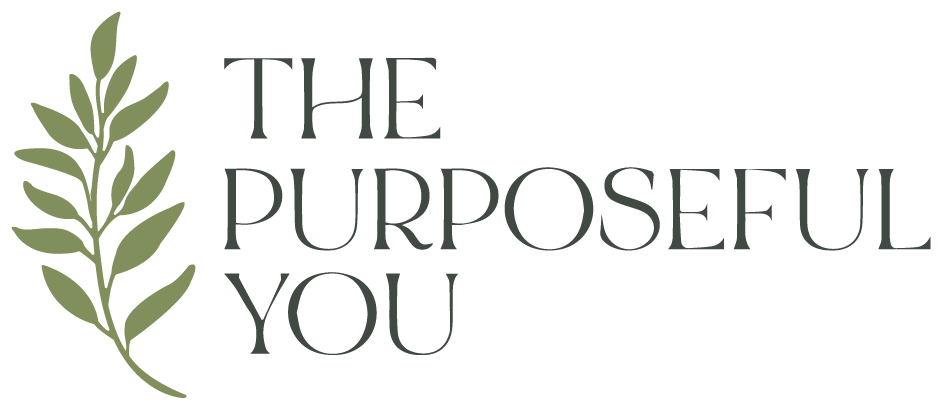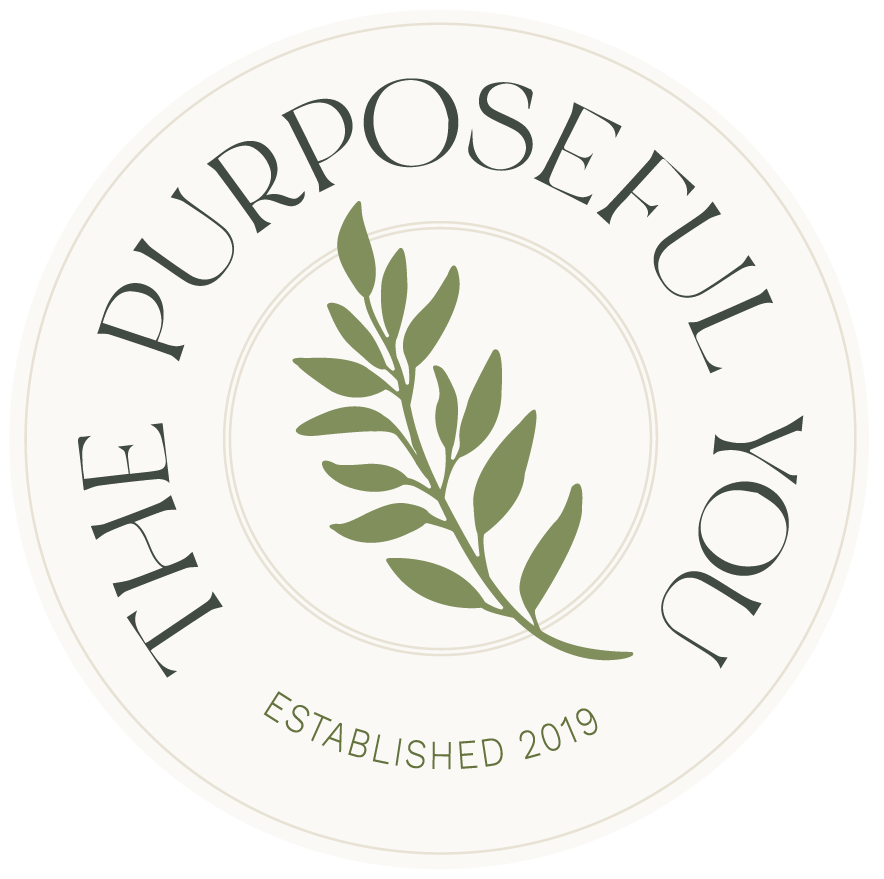5 Tips for Beginner Gardeners
Did you know I wrote an e-book? It’s perfect for beginner gardeners in their first 3 years of gardening. Check it out and purchase my e-book here!
If you’ve been thinking about growing a veggie garden, try a Fall garden! Whether you are growing in a pot on your balcony or installing raised beds in the backyard, there is no better time to start. Food security, eating seasonally and enjoying fresh ingredients feels magical. There is something very rewarding about eating food you have grown yourself. You may even make new friends with a community of gardeners or the worms. The first step is to start. Here are 5 easy tips for new gardeners below:
Look up your garden zone
What is a garden zone? It is essentially your “hardiness zone” which refers to your geographical area and the climate conditions applicable to a plants growth and survival. This is used as a benchmark for planting. This will guide you on when to start planting whether it is indoors or sowing directly outdoors. Your zone will show you the first and last frost date to have successful planting. This goes for food or flowers! Planning your garden may seem overwhelming but it does not have to be. Learn your garden zone and research which plants grow best in your zone and start there. We are located in zone 9B and our first frost date is mid November so I am planting for the fall now!
Experiment
Go into this season full of hopes and dreams but know it does not always go as planned. You may change your layout multiple times or some veggies just did not grow. Leave the expectation of a certain garden behind. It could be worse or it could turn out better than you ever imagined. I grew the most amazing pumpkin arch this year and it exceeded my expectation x10! It’s all an experiment and even when you have planned everything perfectly something unforeseen may occur. I also like to try new seeds each year or buy starters and seeds for the same vegetable and see which one does better. Just know, unexpected weather changes, birds eating your seeds or an unwanted insect attacking your garden may happen but it is all part of the fun. Each year is different and you learn as you go. Embrace the changing seasons, the trials, the failures and keep going.
Grow what you love to eat
Start off by making a list of all the fruits and vegetables you like to eat. From there, you can analyze which foods you may be able to grow yourself. It is a wonderful way to learn the growing pattern of your favourite foods too. This also allows you to eat seasonally. When we eat in season, we absorb more nutrients, it tastes better and it is fresher. Growing what you love to eat can also reduce waste & save costs. For example, growing foods you can freeze like spinach and kale which are great to plant in your garden right now. Freeze some to enjoy all year that you otherwise may buy in plastic in the freezer aisle.
Choose the right soil
This is one of the most important steps after planning. Healthy & rich soil equals a successful garden. If you’re planting a garden into the ground, it’s a good idea to do a soil test. There are many soil kits out there and you can do this yourself. This will show you how you can amend your current soil to save costs. If you are growing above ground or in pots, research the soil type your plants or flowers like best. For example some vegetables like higher or lower PH levels and some may need more drainage than others. Ask questions at your local garden centre or read the seed packet to see what soil conditions are best suited for that food or flower. A healthy soil is often a potting soil mix with compost or manure.
Companion planting
Companion planting is when certain vegetables, fruit and flowers planted near each other create optimal health, pollination & pest control. It is your own beautiful ecosystem within your garden. For example, this fall you can sage with your carrots. Incorporating companion flowers, herbs and vegetables in your garden plan creates more colour and dimension too. Try planting edible flowers like calendula as they have many purposes in the garden. Some plants are not friends and should not be planted near each other. For example Kale and broccoli should not be planted together as they are in two different families. In the spring, tomatoes and corn battle each other for soil nutrients resulting in one unsuccessful crop. Companion planting is a beautiful and natural way to maximize and protect your precious garden.
My hope is that you learned something new today whether you’ve been gardening for years or you are just beginning. There is always something to consider but do not overthink it. The first step is to start! Enjoy the process, the lessons and the experience. Get lost in your garden this season and have fun getting your hands dirty. Create your own whimsical garden that brings you joy. Follow our Instagram to see our garden journey and more tips here.
PS- What seeds do we love? West Coast Seeds! Purchase here









